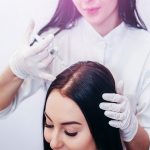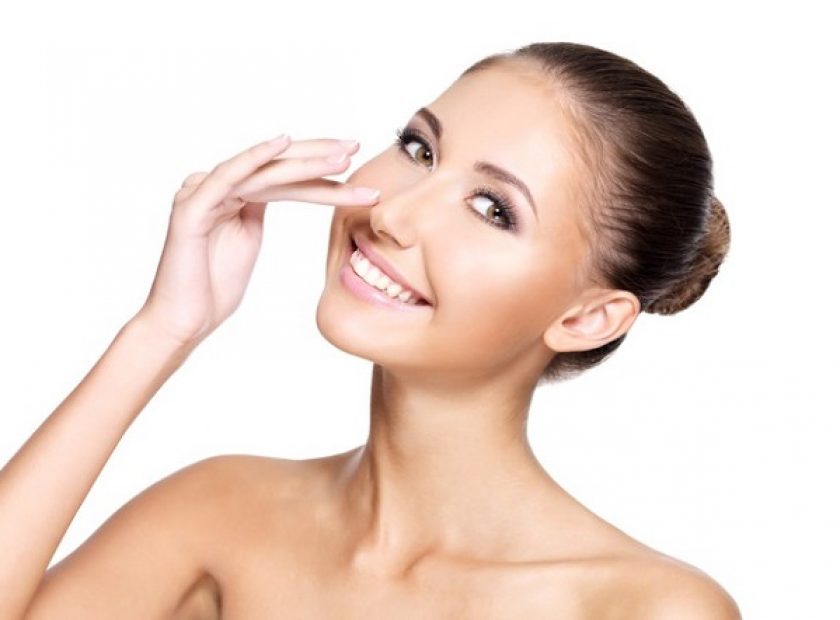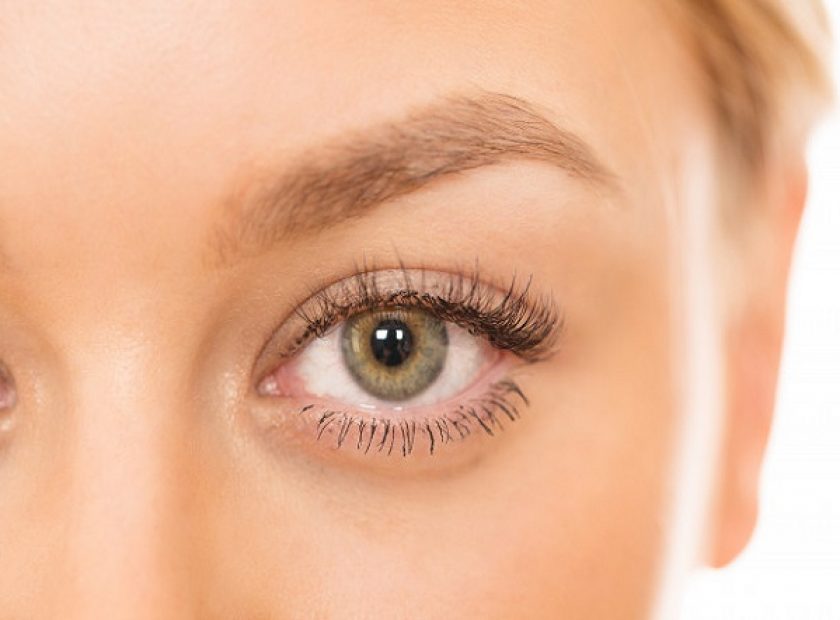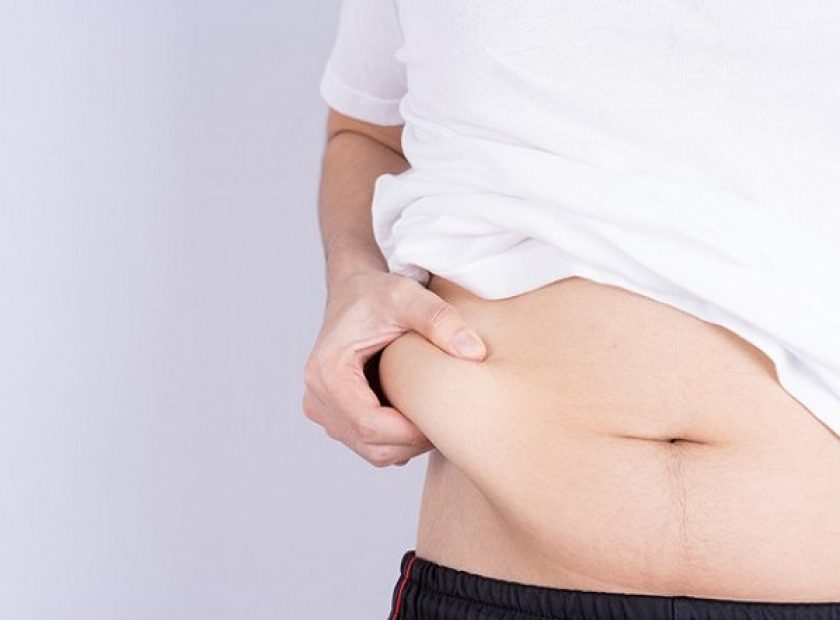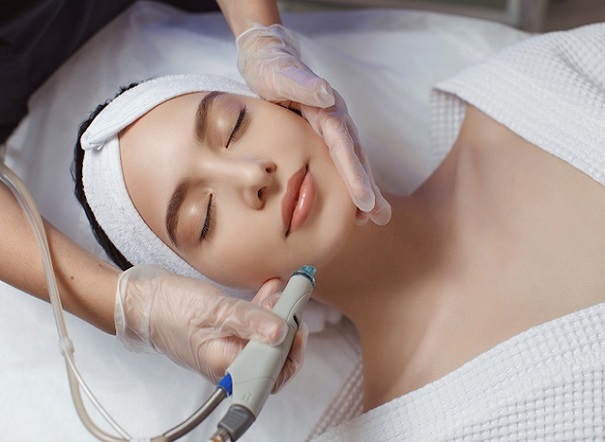
Side Effects of Skin Rejuvenation Laser
Side Effects of Skin Rejuvenation Laser
Collagen is the most important factor in maintaining skin freshness and youth, and with aging or other factors such as sunlight, air pollution, smoking, alcohol or hormonal changes, with the loss of collagen, the skin loses its freshness and elasticity and face changes such as face wrinkles, sagging skin, frown line, smile line and so on. In general, after the age of 35 or 40, collagen will be reduced, which leads to wrinkles and gradual aging of the skin.
In addition to the effects of aging, some people may have burns or pimples, scars, and acne that have ruined the appearance of these people, however, whether aging or other reasons, is not a concern today, and due to the tendency to Beauty and skin rejuvenation, there are various methods for skin rejuvenation, from gels injections and Botox to laser treatment, among which, laser therapy is one of the most effective methods for skin beauty and rejuvenation. Laser treatment for rejuvenation by removing facial wrinkles and smoothing and stretching the face and removing pimples, blemishes and burns can return your youth and beauty.
How does skin rejuvenation laser work?
Laser rejuvenation Intense beam of light (laser) radiates irregularly to the surface of the skin, destroys the outer layer of the skin (epidermis) and targets the underlying skin layer called the dermis And heating it stimulates the growth of collagen and the skin becomes smoother after healing.
As you age, your skin’s ability to shed dead skin cells decreases, and these dead cells must be removed from the skin to regenerate into new cells. Lifts the face, and continues to do so until the skin has a smoother appearance. The lasers, accurately removes the layer of the damaged skin, and the process will continue until a smoother appearance of the skin is achieved.
Side effects of skin rejuvenation laser
Skin rejuvenation laser, like other laser services, can have short-term or long-term side effects. And if done by a specialist doctor or a trained and specialized operator, the possibility of side effects is greatly reduced. Short-term side effects after skin rejuvenation laser, which are normal and disappear in a short time, are as follow:
The pain
Pain may not be the biggest complication of skin rejuvenation laser, but some people experience it during and sometimes after the laser. The severity of the pain depends on the type of laser, the type of skin damage, and the tolerance threshold. Local anesthetics are usually applied to the skin before the laser treatment. In some cases, doctors may even prescribe painkillers after the laser.
Itching, swelling, redness
Redness is one of the most common complications during and after the laser. If invasive lasers are used, redness is seen right after the operation. This is because the surgery destroys a layer of skin and takes time for new skin cells to reform.
skin sensitivity to sunlight
Because the skin is damaged after the laser treatment, it is highly sensitive to the sun’s rays and can easily be damaged, therefore it is necessary to avoid direct sun exposure, use an umbrella or hat and sunscreen.
Skin discoloration
Laser treatment works on different colors of white and black skin. On white skin, this type of treatment effect better. Hyperpigmentation and hypopigmentation are common in both dark and light skin types. Spots and areas of skin that are lighter in color than the surrounding skin (hypopigmentation) and darker (hyperpigmentation) are known. Asians are more prone to hyperpigmentation. Laser brown spots in some cases darken the spots before they get better.
Possible dangers of skin rejuvenation laser:
- The possibility of skin discoloration that usually occurs in people with dark skin that requires medical attention
- Abnormal infection or healing, which of course occurs in very rare cases
- Abnormal regeneration in some cases with scarring and discoloration of the skin
- Exacerbation of skin disorders such as allergies and herpes blisters
- Possible return of wrinkles caused by movement of facial muscles


